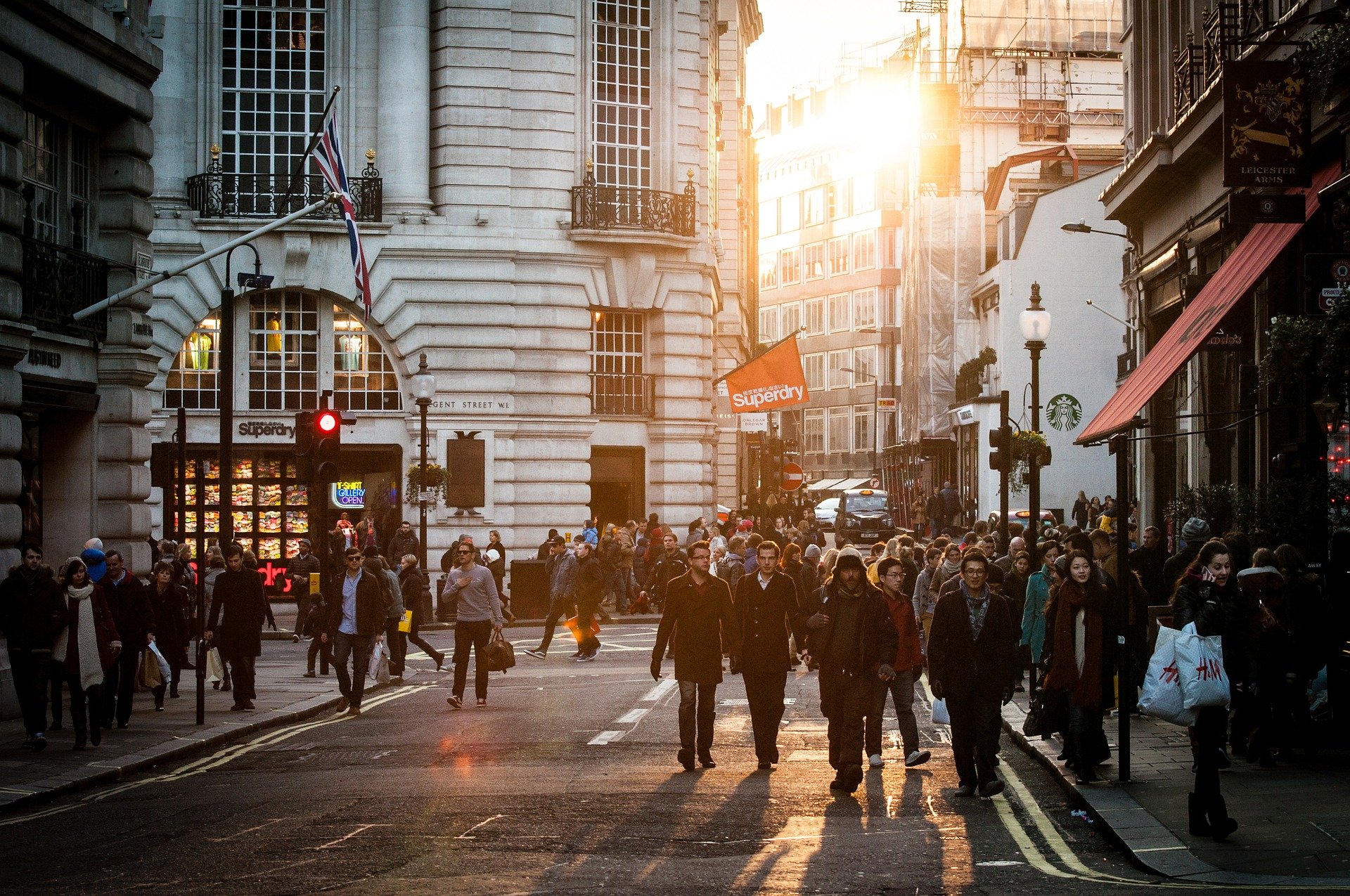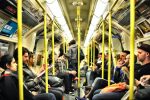Urban design refers to the planning of the physical components of a city. Civil engineers plan cities and therefore have an important duty to carefully design municipalities that are both equitable and sustainable — beyond this, however, urban design should take into account its undeniable impact on the mental health of a city’s residents.
Psychologists and sociologists have conducted research and identified several factors in a city that contribute to the happiness of its inhabitants. For example, access to nature and the visual appeal of a city can be important, and a city’s impact on physical and social activity plays a key role as well.
Green Space and Access To Nature in a City Increases Happiness
The research has shown that cities with access to parks and nature increase the well-being of their residents. This is due in part to the aesthetics of nature and its calming effect on people. Positive psychology teachings emphasize the importance of engaging with nature daily, as it can improve not only psychological well-being, such as feeling happiness and peace, but also one’s spiritual connection.
Additionally, cities can intentionally design their buildings and streets to optimize daylight for people, as the amount of sunlight impacts well-being — especially in cities that get very little sunlight during the winter months.
Last year, I lived in Copenhagen, one of the happiest cities in the world. On a cold and dark day in February last year, a Danish architecture professor took my psychology class on a walking tour of the city center’s Nørrebro district. She explained how the urban design of the city was meant to improve the mental health of its citizens.
One aspect that stood out to me was the connection between the size of the sidewalks and the height of the buildings. In the winter in Copenhagen, the sun rises in the morning around 8 a.m. and sets as early as 4 p.m.; therefore, increasing sunlight access is especially important in Denmark’s capital city.
“The layout of streets in [Nørrebro] is certainly advantageous for good lighting: the grid pattern is angled at about 60 degrees to the four points of the compass,” reported Jakob Schoof. “This means that daylight is distributed more evenly within the streets than it would be in a network of roads aligned rigidly with the points of the compass.”
Urban Design Can Affect Social Connectivity
Having open spaces and parks also creates spaces for community gatherings, which encourages social connectivity. A neighborhood park can bring together families with children, as well as couples or friends eating or walking in the park. The vibrant surroundings of a public place can even improve being alone.
“In the absence of walkable public places—streets, squares, and parks, the public realm—people of diverse ages, races, and beliefs are unlikely to meet and talk,” claimed the National Urban Affairs Review.
This is something many American college students experience during their time at university. When potential students evaluate their various university options, they often take tours through the campuses to get a feeling of what it would be like to attend.
In college, students have all their peers living in one walkable community, meaning they can meet up with friends and be exposed to new people through different dining halls, libraries and courtyards.
A recent tweet touched on this experience: “Americans only love the college experience because it’s the only time in their lives they live in walkable communities.”
https://twitter.com/Bro_Neill/status/1348355127216910336
A City’s Transportation System Can Encourage Physical Activity and Increase Well-Being
Moving past the small walkable residential communities, navigating a larger city with ease is important for one’s well-being. Getting around a city ought to be easy and affordable. Furthermore, urban design regarding transportation impacts how active people are in their day-to-day lives.
Commuting on public transport makes traveling to work every day an adventure; it’s a place to see strangers from different walks of life. I might be biased because I feel a particular rush from learning the transportation system of a new city. Hopping from one train to another to get to my destination, with my headphones blasting upbeat music, makes me feel like the main character in a movie.
Using public transportation increases daily activity because commuters need to walk in between stops to catch busses and trains on the way to their destination. Having alternative forms of transportation such as accessible bike lanes also increases physical activity.
There is a certain freedom in being able to get from point A to point B without needing a car. Independence increases when residents do not rely on their cars, and equitability increases if public transportation is available for people to get to work; oftentimes in American suburbs, people lose job opportunities because they cannot afford reliable transportation.
The Double-Edged Sword of the American Suburb
American suburbs are often held to a high standard, as they are seen as safe, quiet and family-friendly. However, suburbs typically do not provide for the psychological needs of Americans. The separation between city and suburb often leads to a lower quality of life for both those in and out of the suburbs.
Long commutes to work or school in cars strip residents of their ability to meet people throughout the day, and oftentimes, parks and playgrounds are not in a safe walkable distance for all in the community. Many American roads lack safe sidewalks or bike lanes, and large highway systems often make having a car an expensive necessity. But American cities do not have to remain like this. Policymakers can use research regarding the impact of urban design to create changes to their cities to improve psychological well-being.
















